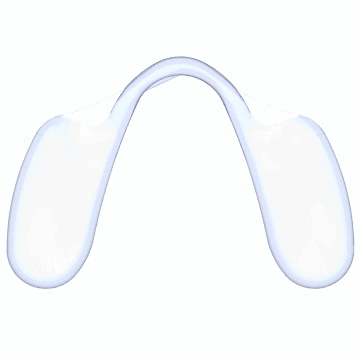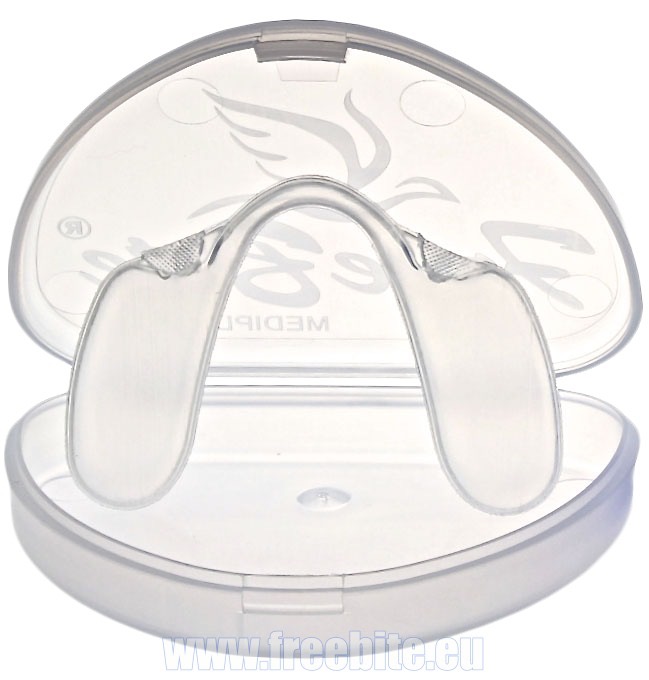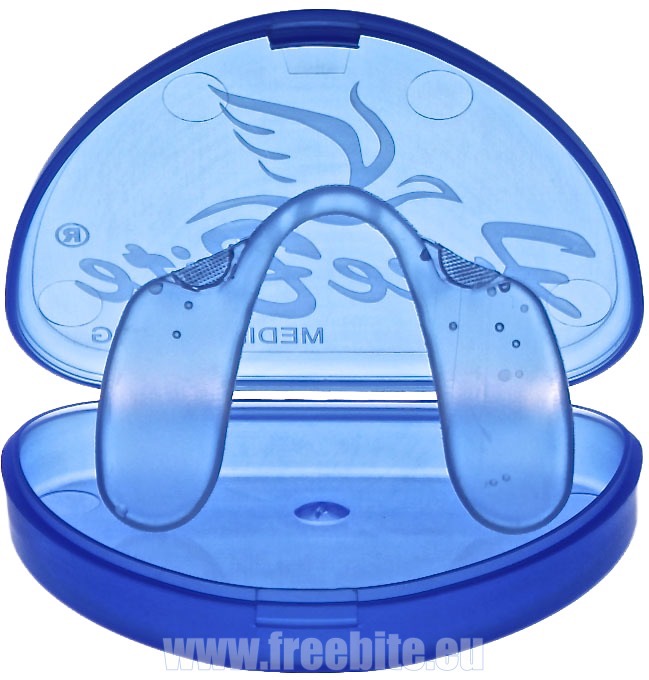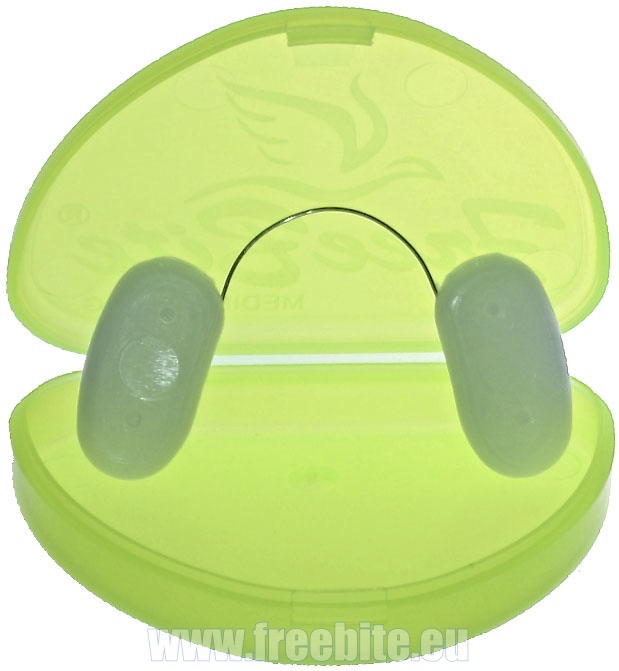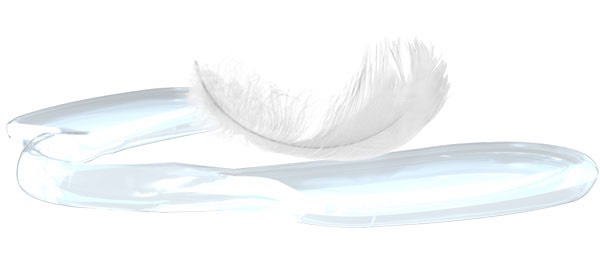Fluid-filled, prefabricated bite splints have been around for decades and are time-proven. As long as there are teeth to support them properly, they allow the mandible to brace against the maxilla in a position different from where the teeth fit in occlusion. This bracing-position is also self-adjusting, since the left and right bite cushions are connected, allowing the fluid filling to be displaced from one side to the other as needed. This provides for a balanced support no matter how we bite and soon the muscles moving the mandible learn to relax, rather than strain to constantly aim at the point of occlusal contact where the teeth fit together.
I have been observing patients with TMJ-problems since I started to work in my father’s dental office in 1985, using such water splints quite early on. I noticed that the majority of those patients no longer had contact on their back teeth once the chewing muscles relaxed. This allowed me to develop a completely novel approach to diagnosis and treatment. Rather than having patients in a supine position in the dental chair while manipulating their mandibles and finding nothing of consequence, I was now able to compare the existing condition to a completely different one where the chewing muscles no longer were straining to accommodate a bite, no matter how difficult it was to reach. While I observed the dimensions in which mandibular posture changed for a few days or weeks, patients would note how symptoms changed.
Where I had been trying to identify premature contacts on back teeth as I originally had been taught, I found that in most patients elevated muscle tension was compressing the TMJ’s in order to allow the back teeth to come into contact. The patients themselves were practically never aware of this, since chewing muscles rarely display signs of exhaustion as do muscles, say, in the back. In these patients, tight and foreshortened chewing muscles actually were necessary for their teeth to fit! Grinding on posterior teeth to adjust contacts could actually aggravate the problem!
Together with the patient I would compare two conditions: One with tight chewing muscles, contact on the back teeth and all sorts of symptoms, the other with chewing muscles having released their tension, contact on the back teeth at times no longer occurring and symptoms partially or totally relieved. Such a compression of the TMJ may not lead to chronic dysfunction, pain, or any other symptoms as long as the patients adaptive capacities are not over-challenged. However, if they are, the symptoms usually are related to chronic muscle tension and loading of the TMJ’s.
The more I worked with conventional water-splints, the more their short-comings became clear. Some would fail prematurely, losing their water filling within days, or even minutes. Some would slip out from between the teeth, requiring constant tension in the cheek muscles to keep them in place. Some would irritate tissues with sharp edges. None of them offered support where it is needed most: between the back teeth. And all of them fell short when it came to go beyond temporary relief of symptoms.
The FreeBite incorporates many novelties:
- A loose fit between the teeth, controlled by the cheeks and the tongue
- Bite-cushions extending all the way to the back teeth
- Wedge-shaped bite-cushions, offering extra support to back teeth
- A pliable elastic casing
- Two distinct shapes: CMD for the regular TMJ-patient; CCD with additional support by a more pronounced wedge shape for patients with deep bites and cervical problems
- Two fillings: Air for soft cushioning and water for balancing support
- A system resulting in a defined orthopedic bite position on the FreeBite solid.
The working principle of the FreeBite is that posterior teeth always touch it first. From that first contact the filling is displaced until all side teeth are supported. The front teeth do not contact anything, since that might result in an avoidance reflex inducing muscle tension. In that sense, the FreeBite offers the opposite of what in most cases is causing the problem: Emphasized posterior contact, rather than lack thereof. However, this is a self-adjusting posterior contact, air-suspended and soft on the FreeBite air, balancing and supporting on the FreeBite balance.
